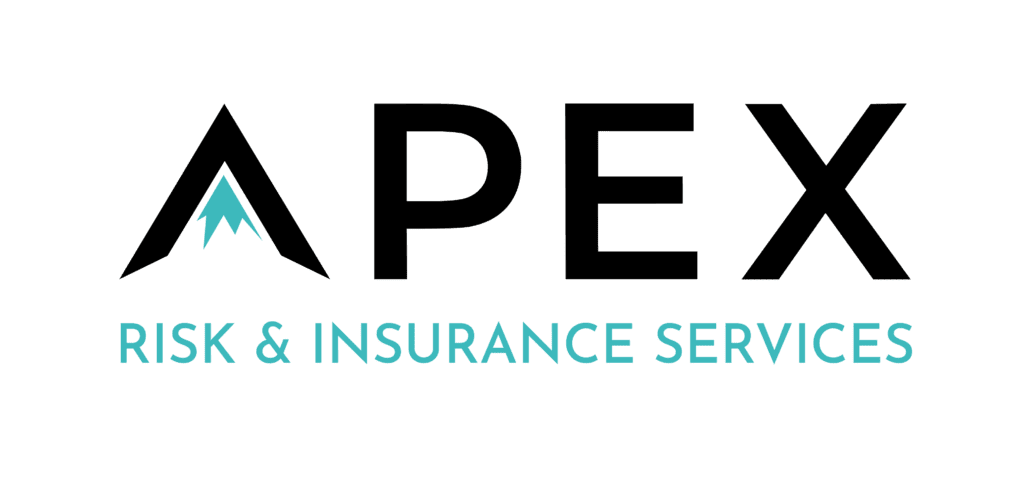Menu
Headquarters
5901 Priestly Drive Ste 140
Carlsbad, CA 92008
Main Line: 760-376-9090
Peter’s Direct: 760-376-9091
Fax to Email: 760-376-9099

site design by digitalstoryteller.io
5901 Priestly Drive Ste 140
Carlsbad, CA 92008
Main Line: 760-376-9090
Peter’s Direct: 760-376-9091
Fax to Email: 760-376-9099

site design by digitalstoryteller.io
This site uses cookies. By continuing to browse the site, you are agreeing to our use of cookies.
Accept settingsWe may request cookies to be set on your device. We use cookies to let us know when you visit our websites, how you interact with us, to enrich your user experience, and to customize your relationship with our website.
Click on the different category headings to find out more. You can also change some of your preferences. Note that blocking some types of cookies may impact your experience on our websites and the services we are able to offer.
These cookies are strictly necessary to provide you with services available through our website and to use some of its features.
Because these cookies are strictly necessary to deliver the website, refusing them will have impact how our site functions. You always can block or delete cookies by changing your browser settings and force blocking all cookies on this website. But this will always prompt you to accept/refuse cookies when revisiting our site.
We fully respect if you want to refuse cookies but to avoid asking you again and again kindly allow us to store a cookie for that. You are free to opt out any time or opt in for other cookies to get a better experience. If you refuse cookies we will remove all set cookies in our domain.
We provide you with a list of stored cookies on your computer in our domain so you can check what we stored. Due to security reasons we are not able to show or modify cookies from other domains. You can check these in your browser security settings.
These cookies collect information that is used either in aggregate form to help us understand how our website is being used or how effective our marketing campaigns are, or to help us customize our website and application for you in order to enhance your experience.
If you do not want that we track your visit to our site you can disable tracking in your browser here:
We also use different external services like Google Webfonts, Google Maps, and external Video providers. Since these providers may collect personal data like your IP address we allow you to block them here. Please be aware that this might heavily reduce the functionality and appearance of our site. Changes will take effect once you reload the page.
Google Webfont Settings:
Google Map Settings:
Google reCaptcha Settings:
Vimeo and Youtube video embeds:
The following cookies are also needed - You can choose if you want to allow them:
You can read about our cookies and privacy settings in detail on our Privacy Policy Page.
Privacy Policy

Best Commercial Insurance Brokers in San Diego
/in NewsNavigating California’s vibrant business landscape necessitates robust insurance coverage. In this realm, esteemed providers like Progressive, Allstate, Farmers Insurance, The Hartford, and Nationwide Mutual Insurance Company have long dominated. Yet, amid these industry giants, Apex emerges as a beacon for tailored, client-centric commercial insurance solutions. Progressive Celebrated for its adaptability, Progressive offers a versatile array […]
Why Every Nonprofit, Big or Small, Needs D&O Insurance
/in NewsD&O coverage is important but often overlooked in the nonprofit world. You might think it’s just for the big players, but every nonprofit, no matter the size, needs Directors and Officers Insurance protection. Did you know that about 20% of all corporations in the U.S. are nonprofits? The risks for the people running these organizations are just as big as in the for-profit world.
Navigating Insurance for Diverse Construction Projects
/in NewsThe Need for Specialized Insurance in Construction In the construction industry, the diversity of projects and operational models requires a nuanced approach to insurance. Particularly for companies involved in various construction activities, understanding and implementing the right insurance strategies is key to success. Apex Risk specializes in guiding these companies through the complex landscape of […]
Commercial Real Estate Insurance Coverage: From Start to Finish
/in NewsWhen it comes to managing insurance for construction projects, involvement typically begins at the earliest stages. Developers often have a pipeline of projects ranging from raw land acquisitions to completed structures intended for sale or long-term holding.
Shielding Nonprofits: The Power of Directors & Officers Liability Insurance
/in NewsNonprofit organizations play a vital role in our communities, working towards various social causes and missions. However, like any entity, they are not immune to legal challenges and disputes. What many nonprofits may not realize is that board members can be held personally liable for the organization’s actions. This is where Nonprofit Directors & Officers […]
What Happened with MGM’s Cybersecurity? Background, Updates, and How to Prevent it From Happening to You
/in NewsHas MGM gambled with customer data security? MGM Resorts, a prominent casino chain with a global presence, recently grappled with a severe cybersecurity incident that raised concerns about the security of customer data. Reports suggest that the breach may have originated from a single phone call, underscoring the vulnerabilities faced by even the most established […]
Navigating 11th Hour Commercial Real Estate Transactions
/in NewsIn the dynamic world of commercial real estate, timing is everything. Often, the crucial aspect of insurance gets pushed to the background, only to emerge as a last-minute scramble before closing a deal. In our latest video, “11th Hour Commercial Real Estate Transactions,” we delve into this common challenge and how Apex Risk steps in […]
Navigating Risk in the Life Sciences Industry: A Guide to Commercial Insurance
/in NewsIn the dynamic and ever-evolving life sciences industry, innovation and progress come hand in hand with inherent risks. Whether you’re a pharmaceutical company, a biotech startup, or a medical device manufacturer, safeguarding your business against potential threats is paramount. This guide aims to shed light on how commercial insurance can be your trusted ally in […]
EPLI for Nonprofits: What You Need to Know
/in NewsWith more workers returning to in-person work settings, nonprofits are witnessing a steady rise in employment practices liability insurance (EPLI) claims. According to data from the Equal Employment Opportunity Commission (EEOC), EPLI claims have been on the uptick since 2003, with a staggering 37,632 workplace retaliation claims filed in 2020 alone—a number that continues to […]
Comprehensive Commercial Real Estate Transaction Checklist
/in NewsUnderstanding Key Dates in Real Estate Transactions Effective Date of the Purchase and Sale Agreement Duration of the Escrow Period Predicted Date for Closing Escrow Buyer’s Investigation Period for Due Diligence Date When Earnest Money Deposit Becomes Non-Refundable Commercial Real Estate Purchase Essentials 1. Reviewing the Purchase and Sale Agreement (PSA) In commercial transactions, the […]
Errors and Omissions: Professional Services Claims that Trigger Lawsuits
/in NewsErrors and omissions insurance is a form of professional liability insurance that protects businesses, their workers, and other professionals. E&O provides coverage for claims of inadequate work or negligent actions. Watch the video below as Peter Katkov, the founder of Apex Risk and Insurance Services, explains E&O insurance. The Role of Errors and Omissions Insurance […]
Directors & Officers Liability Insurance: For-Profits
/in NewsD&O offers liability coverage for company directors and officers to protect them if they are sued as a result of performing their duties at a business. This form of liability insurance serves as a standard indemnification provision, which protects officers in their role in a business.